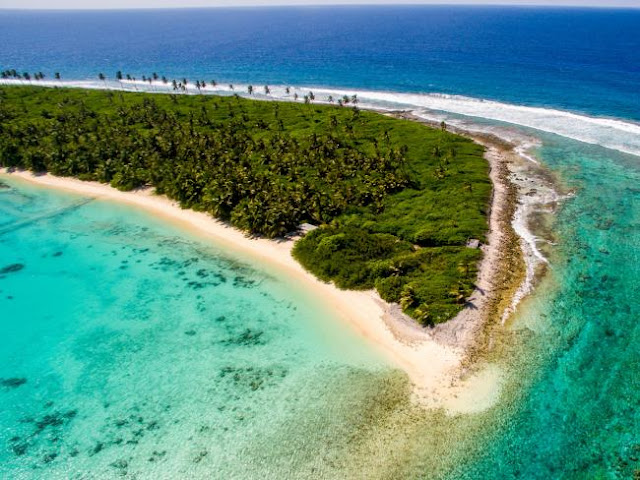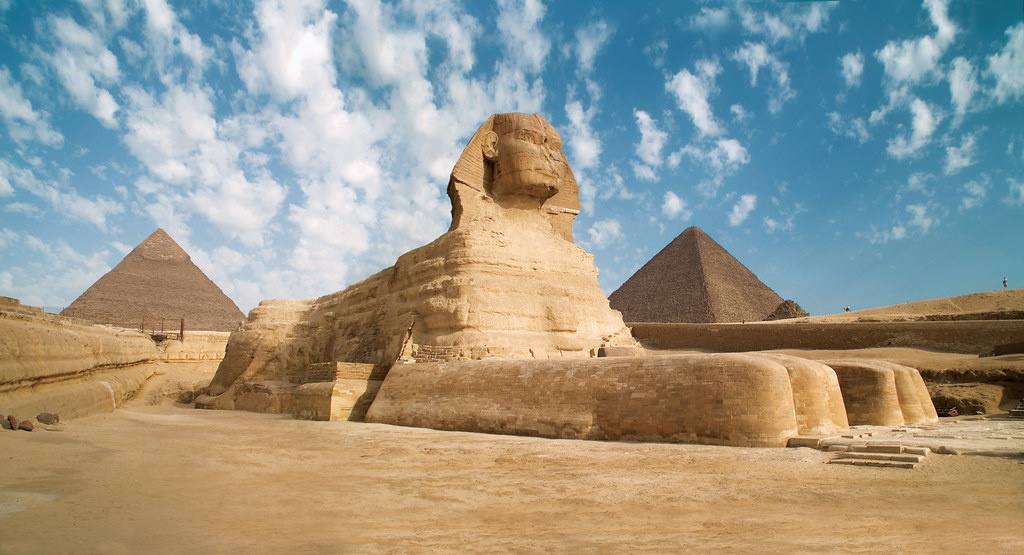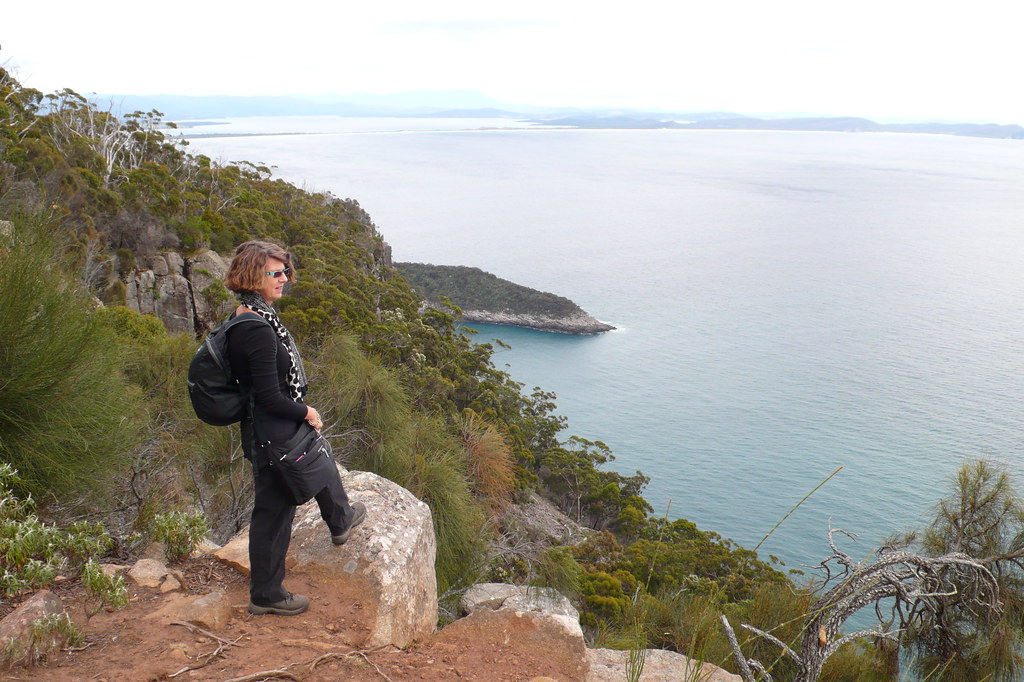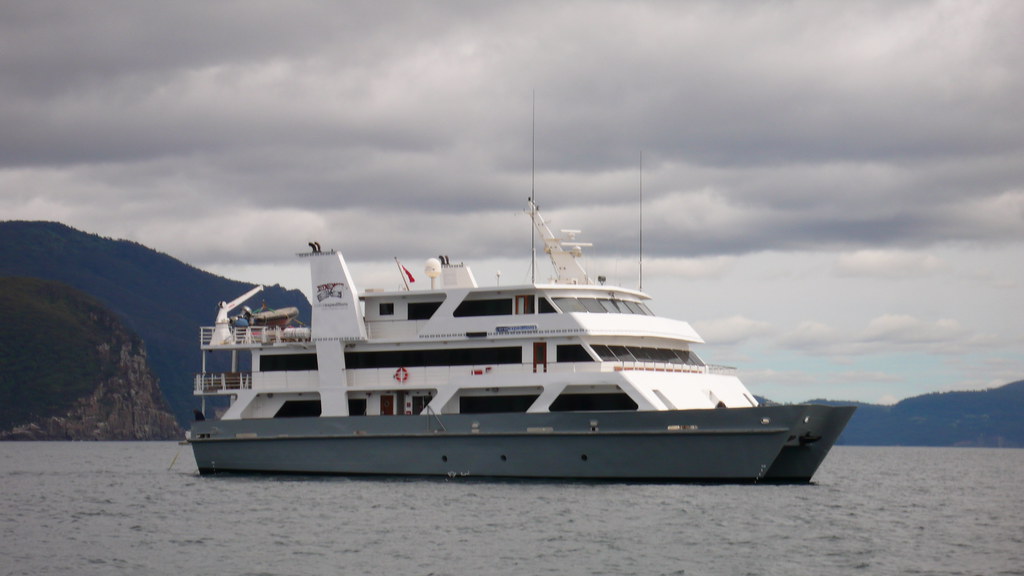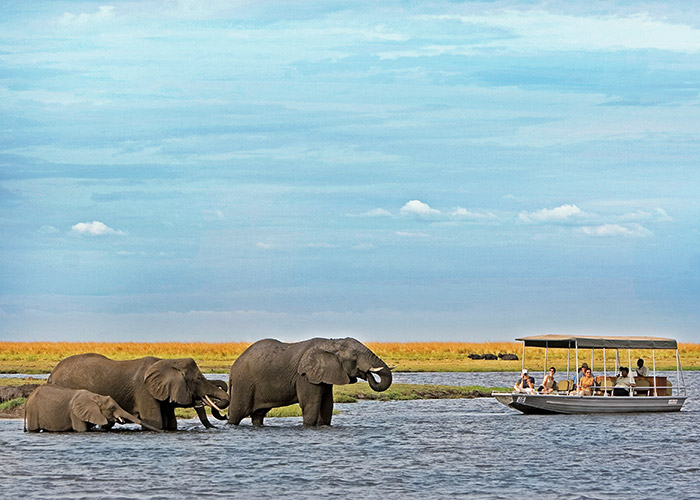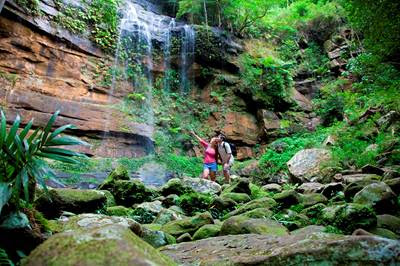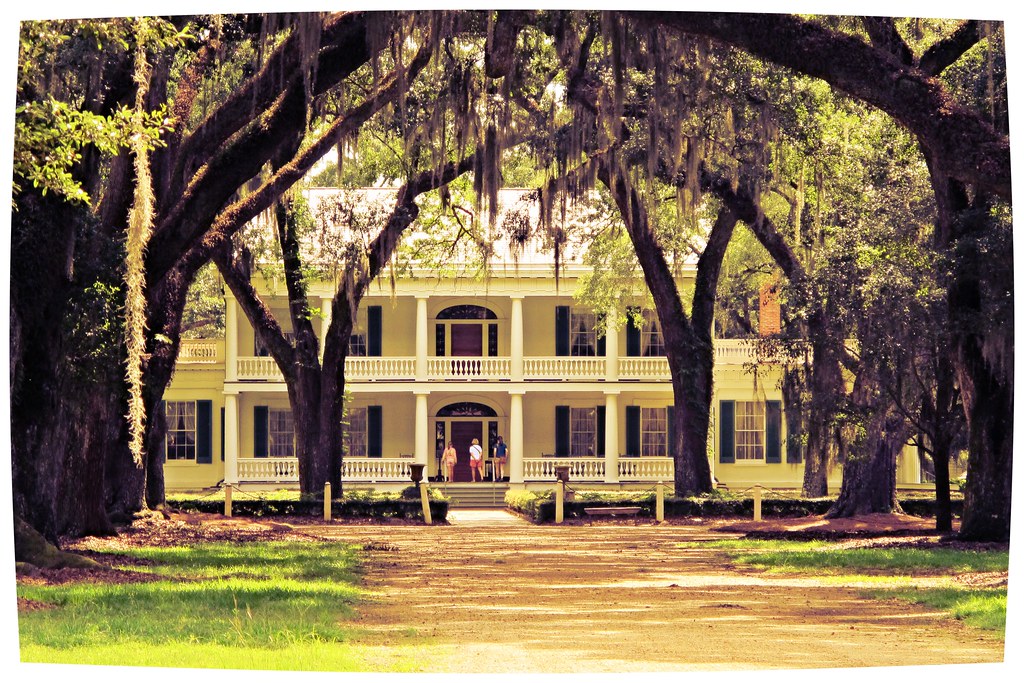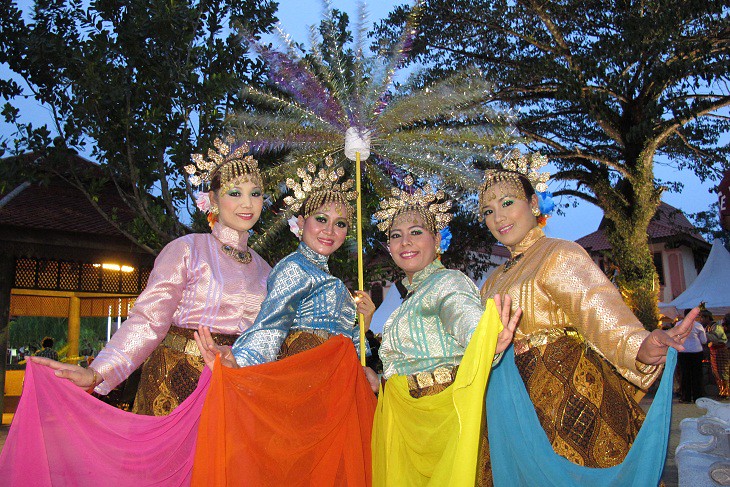Located an easy hours’ drive from Melbourne, Geelong and its neighbouring peninsula - The Bellarine, are the ideal destinations for a day trip, weekend getaway or extended summer holiday. Here are 10 reasons to add this beautiful part of Victoria to your must-visit list this summer.
Destination dining – Geelong and its surrounding areas are home to some of the best regional dining you will find in Australia. A must visit location in Geelong is Aaron Turner’s
IGNI, which has won numerous accolades since opening earlier in the year. On the Bellarine, you will find
Jack Rabbit Restaurant,
Oakdene Vineyards Restaurant, The Shed Restaurant at
Terindah Estate and the
Vue Grand Hotel. To the north of Geelong, Matt Dempsey’s
Gladioli has well and truly put Inverleigh on the gourmet trail, while his second restaurant in Geelong,
Tulip, continues to impress guests from near and far.
Old becomes new – as Geelong moves further away from its industrial past, old manufacturing spaces are being taken over and converted into hip new cafes, bars, restaurants, accommodation and attractions. The new
Devlin Apartments, which opened in April this year, boasts 37 luxury self-contained short stay apartments and rooms and is located in the heritage listed former Gordon Junior Technical School. Nearby,
Little Creatures Brewery and
White Rabbit Brewery & Barrel Hall have firmly imprinted themselves at the site of the old woollen mills. The
Old Paper Mills at Fyansford, established in the 1870s and located along the Barwon River, has quickly established itself as an arts and culture precinct with an onsite
gallery and an onsite winery and function centre set to open soon. Back in town,
Boom Gallery located just off Pakington Street, is a vibrant contemporary art and design gallery housed in an historic woollen mill.
Cool urban precincts – Geelong boasts two inner city precincts where visitors will find cool cafes, wine bars, restaurants and designer shops. In the heart of the city, along Little Malop Street, you will find some of the best coffee in town at
Coffee Cartel, an impressive selection of local wines at
Geelong Cellar Door, Nashville-style chicken at Aaron Turner’s
Hot Chicken Project and decadent late night desserts at
Armageddon Cake. Just outside the city centre, Pakington Street is home to many of the most popular venues in town, including
King of the Castle,
Zigfrids Dining Hall &Bar and
Geelong Fresh Foods, just to name a few.
Amazing beaches – All summer long, visitors flock to The Bellarine to enjoy the region’s beautiful beaches. Avid surfers head to popular surf spots such as 13th Beach or Raffs Beach in Barwon Heads, while beginner surfers can enjoy a surf lesson at Ocean Grove beach with
Go Ride a Wave or
Sea Earth Adventures. Families can take advantage of the pristine sand and gentle waves at the Ocean Grove main beach, considered one of the safest in Victoria. Whereas the mouth of the Barwon River in Barwon Heads is the ideal location for paddling in the shallow water, exploring rock pools or gliding over the smooth water on a
stand up paddle board. Other must-visit beachside locations include exploring the rock pools at Point Lonsdale and the sheltered and family friendly bay at Portarlington.
Bountiful local produce – The Bellarine is home to an impressive collection of boutique wineries, farm gates, provedores and establishments serving up dishes featuring local produce. The best way to discover them all is by picking up a
Bellarine Taste Trail map, which will take you on a delicious journey through the region. Or check out the detailed website, which includes all the information you need to plan your gastronomic journey in advance.
Untapped wine region – the
Moorabool Valley, to the north of Geelong is home to quaint villages, rolling hills, beautiful scenery and award-winning wineries. The region has a history stretching back to 1842, when Swiss immigrants planted the first vines. It is now considered one of Australia’s finest cool-climate wine growing areas, which can easily be explored on a leisurely weekend away. Top wineries to add to your must-visit list include
Clyde Park Vineyard and Bistro,
Lethbridge Wines,
Moorabool Ridge Vineyard and
Austins & Co.
A water lover’s paradise – with a spectacular coastline hugging the region from Geelong right through to Barwon Heads and beyond, it’s no surprise that you will find plenty of water based activities to choose from. You can discover the region’s rich maritime past and get up close to nature on a tour with
South Bay Eco Adventures, swim with the dolphins with
See All Dolphins Swims or cruise between the Bellarine and Mornington Peninsula’s aboard
Searoad Ferries. For underwater adventures,
Dive Victoria offers diving trips to explore the ex HMAS Canberra which was sunk into Port Phillip Bay in 2009. Tours depart from Queenscliff Harbour.
Outstanding public golf courses – The Bellarine is a golfer’s paradise, boasting four outstanding public courses which are consistently rated as some of the best in Australia. Take your pick from
Curlewis Golf Club,
Barwon Heads Golf Club, or one of the two courses at
Thirteenth Beach Golf Links. Add golf courses at
Queenscliff (sitting on the scenic Swan Island),
Portarlington and
Point Lonsdale to the impressive list of courses on offer and you will see golfers truly are spoilt for choice in this part of the world.
Two wheeled adventures – whether you prefer loose shorts or lycra, the Geelong Bellarine region is home to various cycling trails suitable for all abilities. The
You Yangs are the go-to place for mountain biking, boasting two designated mountain bike areas with 50 kilometres of track.
The Bellarine Rail Trail is a scenic 35 kilometre trail that winds from South Geelong to Queenscliff. This mostly flat trail provides easy access to many of the regions attractions and villages. Meanwhile, thousands of visitors flock to Geelong in January every year for the
Cadel Evans Great Ocean Road Race. Cyclists can join Cadel himself in the People’s Ride which starts and finishes in Geelong.
Endless family fun – in both Geelong and The Bellarine you will find ample activities to keep the family entertained. In Geelong, the stunning waterfront truly comes alive during summer, the youngest members of the family love discovering the old world charm of the beautifully restored
Geelong Carousel, while the older kids will love the diving boards at the historic early century beach promenade at Eastern Beach. All members of the family will enjoy exploring the colourful
Geelong Waterfront Bollard Trail, comprising 104 bollards, each representing a different character from Geelong's history. Out of town, you will find the hugely popular
Adventure Park, which houses a diverse array of water and land-based rides that cater for the whole family. The wider region also boasts a large number of award-winning, family friendly holiday and caravan holiday parks, providing the ideal place to base yourself for a few days, a week or longer.
For further information go to
www.visitgeelongbellarine.com.au.



